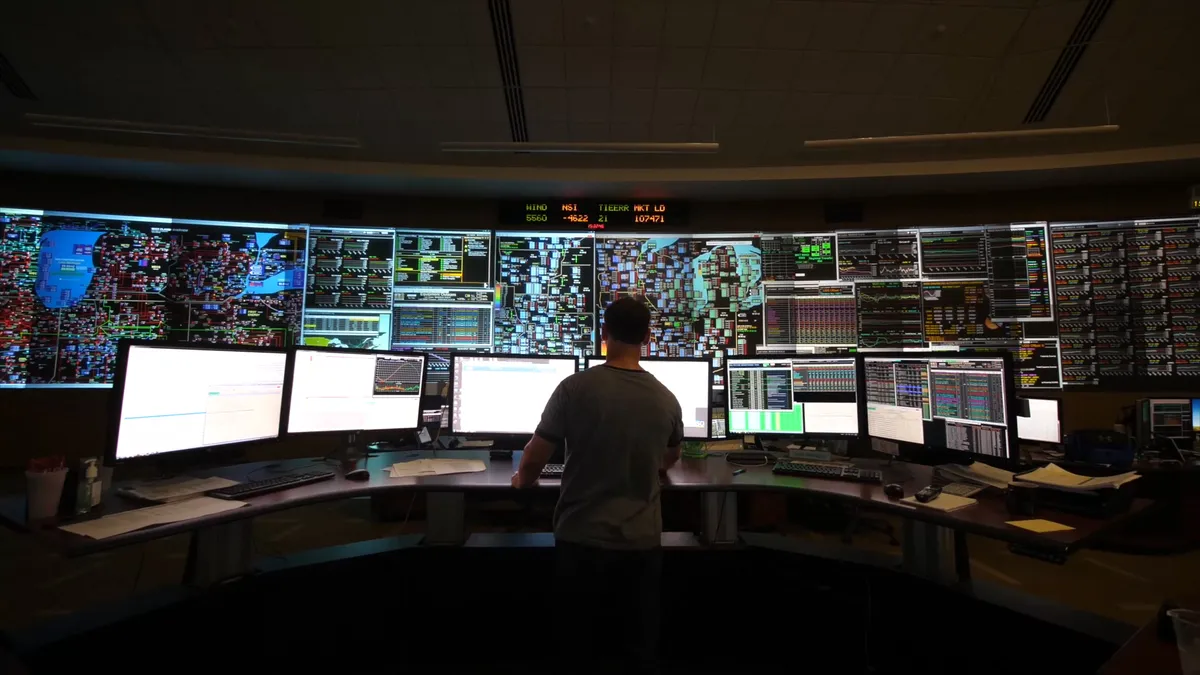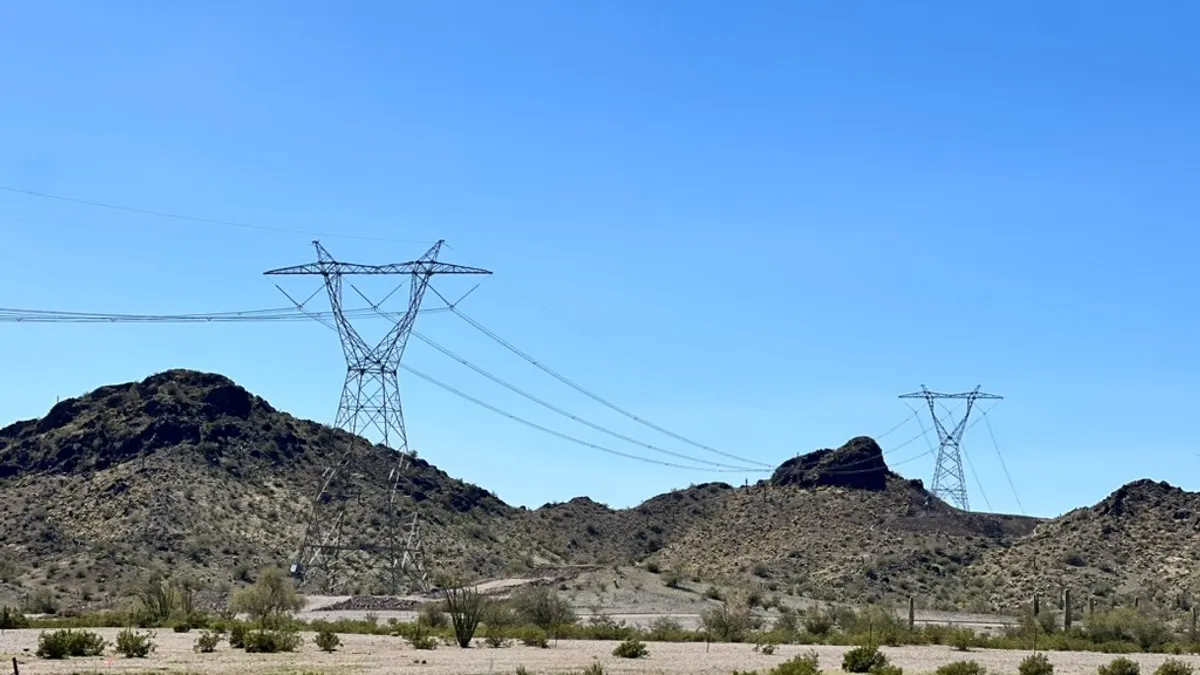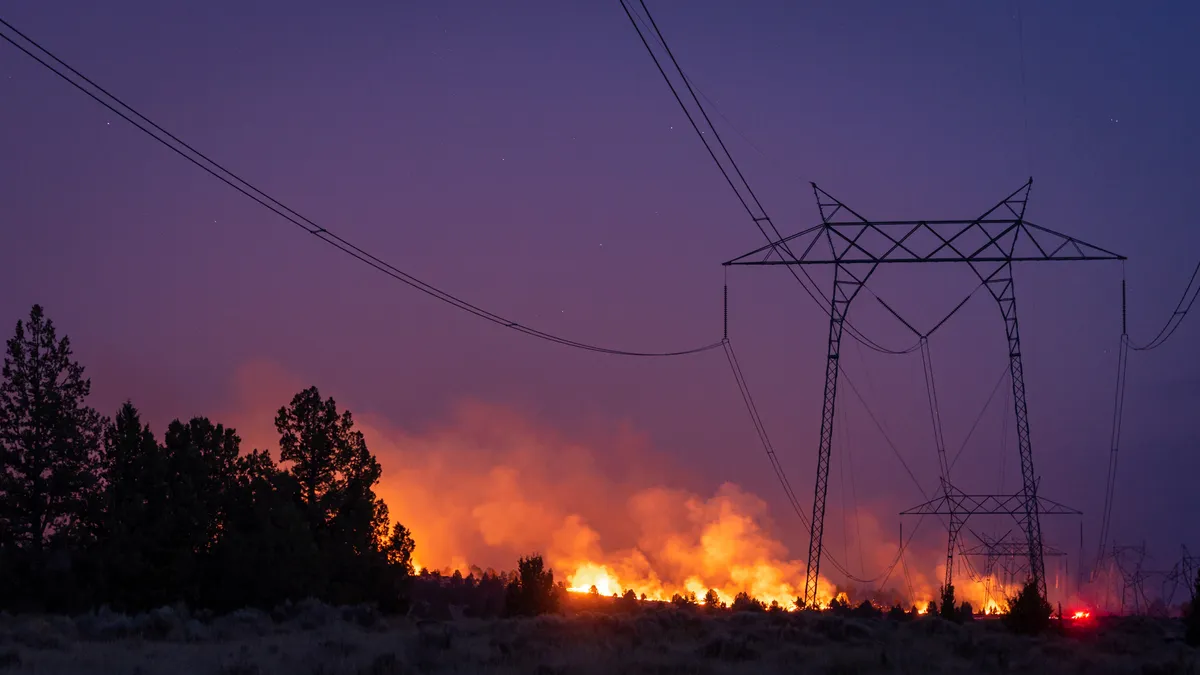The following is a guest post from Ed Smeloff, managing director of regulation at Vote Solar, and Sean Gallagher, vice president of state affairs at the Solar Energy Industries Association.
Transformation of the electric power system is underway in California. Tens of billions of dollars of investments are being considered to enable this transition. Anticipating the connection of millions of solar power projects, battery energy storage systems, electric vehicle charging ports and other distributed technologies to the grid, California’s utilities are now making plans to upgrade electrical substations, distribution lines and communication systems to make this grid of the future run seamlessly.
The challenge for utility regulators is to determine which utility investments will be needed and when. Premature investments create the risk that they will not be useful or will be redundant with customer-enabled technologies. On the other hand, if the right investments are not made, the grid could be a bottleneck for new clean power generation, including distributed sources like solar. This balancing act is the challenge facing California’s Public Utility Commission (CPUC) in Southern California Edison’s (SCE) general rate case.
Unfortunately, the utility’s grid modernization proposal misses the mark. It underestimates the positive and exaggerates the negative when it comes to distributed energy. SCE’s proposal is extremely costly and would not take full advantage of distributed energy to limit costs to ratepayers, the worst of both worlds for Californians in its territory.
SCE proposes to spend roughly $4 billion over the next three years on upgrades to begin to modernize its electric distribution system and for new tools to operate the system in an era with increasing amounts of distributed energy resources (DER). While the solar industry supports investments to modernize the distribution grid to support DER growth, SCE’s proposal amounts to gold plating the grid. Such over-investment will result in higher costs for all customers and fewer opportunities for DER to offset these investments.
Vote Solar and the Solar Energy Industries Association (SEIA) are recommending that $2.7 billion of the investment be deferred or eliminated altogether. As we said in testimony we filed with CPUC, SCE’s proposal for advanced circuit and substation automation is extremely costly and cannot be justified based on the benefits they would provide. Instead, SCE should continue to work with stakeholders in the state’s Distributed Resource Planning (DRP) proceeding to determine the optimal locations for grid modernization investments and the relative cost-effectiveness of utility-owned versus third-party owned communications technologies.
It’s critical that we get this right because SCE’s $4 billion proposal would be just a first installment in a longer-term plan that could take more than a decade to implement — and cost consumers billions more.
One of the major deficiencies of the SCE proposal: it did not account for efficiencies created by demand response programs (DR) or for energy storage systems. SCE argued that it does not have the ability to dispatch demand response at the local level until new programs are developed. Likewise, they explain that they do not have a good understanding of how storage devices would operate to benefit the distribution system. But as we point out, the ongoing DRP proceeding will soon focus on just these issues. Making sizeable investments prematurely —before having a good understanding of future load, as SCE proposes — risks stranding those investments and raising ratepayer costs. This makes no sense.
Another flaw: SCE has detailed information on the location of solar power systems installed under the state’s net metering program, but it fails to account for how these systems provide value to the distribution system.
SCE uses a PV Dependability Curve it created based on a 2012 study of the output of 184 PV systems, less than 0.1% of the systems installed in its service territory. SCE’s approach not only fails to correlate the timing of the PV production with the time of peak demand for distribution assets - it also relies on demonstrably bad data, such as erroneous meter readings, which underestimate actual PV production. This in turn vastly exaggerates estimates of the need for traditional grid upgrades.
SCE’s method obviously lacks credibility when compared to the data that Pacific Gas and Electric Company (PG&E) used in its most recent general rate case. PG&E attributes significantly more peak load reduction from solar than SCE does (82% at noon for PG&E vs. 19% for SCE).
At the end of 2016, there were 210,207 small PV systems (< 500 kW) with a total nameplate capacity of 1,405 MW on the SCE distribution system. Understanding how those systems perform and contribute to the operation of the distribution grid is critically important for distribution resource planning. Vote Solar and SEIA urge the CPUC to specifically take up the issue of PV Dependability Curve in one of its ongoing proceedings. Once there is a consensus about the appropriate methodology, then SCE should update its dependability curve.
Vote Solar and SEIA agree with SCE’s vision of transforming the grid in a way that increases customer access to clean distributed energy resources while maintaining an equitable cost recovery for grid investments. Getting there will require a more balanced approach to future grid investments — one that fairly values solar and other DERs — than what SCE proposes in its general rate case.
For a closer look at the SCE rate case, including responses from the utility, check out Herman Trabish's feature article.




















